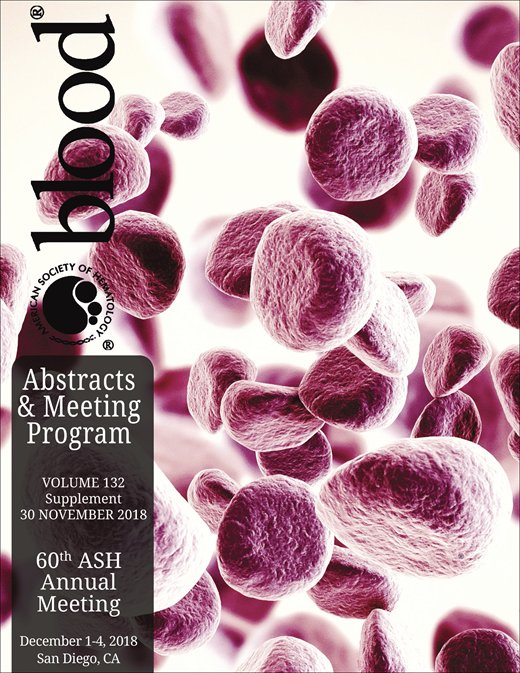Abstract
Background
Posterior reversible encephalopathy syndrome (PRES) is a clinical radiologic disease described initially over two decades ago. This usually reversible entity is becoming more recognized and reported due to the increased index of suspicion and subsequent early brain imaging. It is described in pediatric oncology and post bone marrow transplant (BMT) patients mainly as case reports and case series. The aim of this single institution retrospective study is to describe a cohort of pediatric patients with oncologic diseases and post BMT and incorporate them in a systematic review of the literature to evaluate for differences in risk factors for developing PRES in patients post BMT for oncologic diseases compared to those transplanted for a benign disorder.
Methods
We retrospectively analyzed 11 patients admitted to a single center in Saudi Arabia and conducted a systematic review of previously published case reports and case series from January 1996 to December 2016.
Results
A total of 61 case reports and series were evaluated, 42 papers met the inclusion criteria in addition to our 11 patients for a total of 124 patients of which 27 were post BMT. The post BMT patients were divided by the indication of BMT into malignant and benign groups (14 (53.8%) and 12 (46.2%), respectively). One patient had missing data on the indication of BMT and was excluded. PRES was more common in males 69 / 120 (57.5%) in general, however, more common in females 17 / 27 post BMT (63%, p 0.015). The median age of presentation was 9.5 years (range 1.4 to 16 years) and PRES occurred on a median day +42 post BMT (range +2 to +144 days), and seemed to occur earlier in patients with benign diseases compared to malignant (median day +24 and day +45 respectively, p 0.104).
We studied immunosuppression, hypertension history, and acute elevation of blood pressure (BP) as risk factors for developing PRES. There were 25 patients on immunosuppression; 20 (80%) were on cyclosporine (CsA) and 5 (20%) on tacrolimus. There were only 10 patients post BMT with reported presence or absence of toxicity of immunosuppression, 8 in the benign group, of which 3 (37.5%) patients had toxic levels of CsA, and 2 in the malignant group both with reported elevated CsA levels while other reviews showed PRES occurred independent of CsA level. Four patients were resumed on the same immunosuppression after the resolution of PRES, 2 developed recurrences and both were from the malignant group. The presence of history of hypertension as a risk factor was more common in the post BMT group compared to the non BMT group (9 / 13 (69.2%), 14 of 62 (22.6%) respectively, p 0.001), particularly in patients of the malignant group compared to the benign, but not statistically significant (5 of 6 (83.3%), 4 of 7 (57.1%) respectively, p 0.308). Acute hypertension was noted in all the patients with malignant disease who reported the BP, however, was only in 9 / 12 (75%) patients with benign disease. We were not able to evaluate hypomagnesemia as a risk factor due to the deficiency in reporting electrolytes in the case series, possibly due to the diverse specialties describing the disease.
MRI was the diagnostic modality of choice. In the post BMT group, 18 / 26 patients (69.2%) had involvement of areas other than the parietal and occipital lobe on imaging, most commonly the temporal lobe. All the patients resolved from the acute episode of PRES. MRI was repeated in 10 patients at a median of 4 weeks (range 0.4 to 44 weeks), 5 patients had complete resolution of the MRI findings and 5 showed improvement in findings, with no differences in the two groups.
Recurrence of PRES occurred in 4 / 26 patients (15.4%). There were no differences in the recurrence in relation to the underlying cause of BMT, clinical presentation, or imaging. There were 9 deaths (34.6%), none were due to PRES nor related to recurrence.
Conclusion
Our review showed the risk of PRES post BMT increased in females, the presence of history of hypertension, and immunosuppressive therapy, particularly CsA, which is similar to the literature. The time of presentation of PRES and the weight of each risk factor appears to be different in relation to the cause of BMT, however, the study is limited by the small number and reporting bias. The risk factor differences may be better elicited in a large cohort study.
No relevant conflicts of interest to declare.
Author notes
Asterisk with author names denotes non-ASH members.

